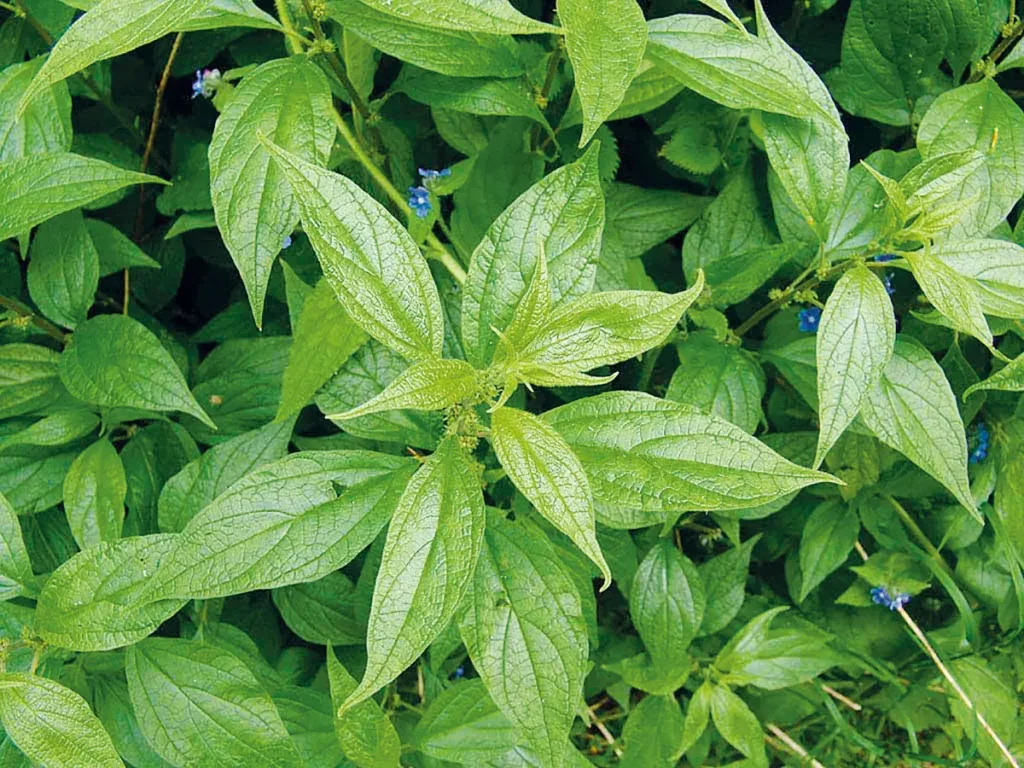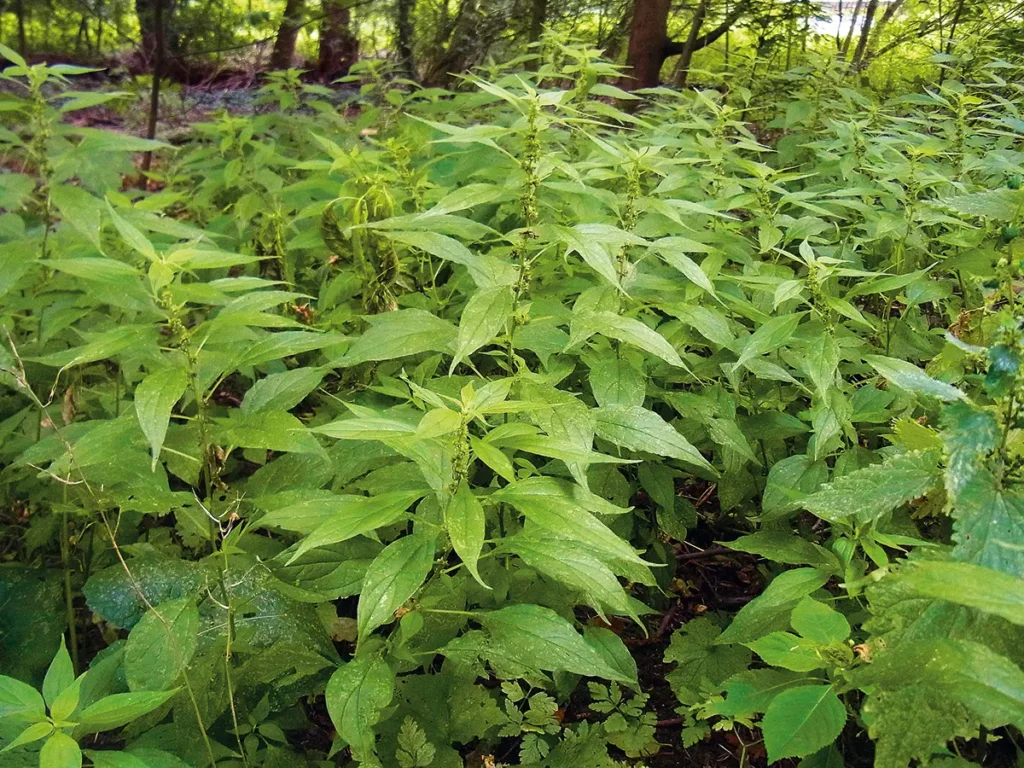


Nome Italiano: Parietaria
Nome scientifico: Parietaria diffusa L.
Nome Gallurese: Pirigulosa
Descrizione:
Pianta erbacea perenne con fusti ramificati, rossastri e pelosi che si sviluppano in modo più o meno eretto rispetto alla superficie dove crescono, piuttosto comune nelle campagne e nei bordi strada. Le foglie hanno una forma ovale, dotate di un lungo picciolo, spesso appiccicose. La pagina superiore è di colore verde scuro e lucente, quella inferiore invece è più chiara e pelosa. I fiori sono di colore verdastro e posizionati in glomeruli sul fusto, all’ascella delle foglie.
Proprietà e usi:
La Parietaria è nota per le sue proprietà depurative, sudorifere e diuretica che favoriscono l’eliminazione dei batteri dalle vie urinarie e di piccoli calcoli renali. È ricca di minerali, tannini, flavonoidi (agente antiossidante), mucillagini, agenti aromatici e di sostanza urticanti, come il raro acido caffeico, dotato di proprietà antibiotica verso alcuni germi patogeni intestinali. È un buon espettorante, in grado di lenire la tosse e aiuta a combattere i disturbi alla pelle grazie alle mucillagini e al suo potere antiossidante.
Curiosità e miti:
La Parietaria è utile come rimedio naturale in caso di ritenzione idrica e cellulite, cistite e infiammazioni al tratto urinario, oltre ad essere ottima anche da gustare come verdura. Inoltre la si può usare sotto forma di cataplasmi con le foglie fresche tritate da applicare sopra una pezza e stendere sulle parti del corpo affette da ragadi o in caso di scottature e problemi di dermatiti.

Italian name: Parietaria
Scientific name: Parietaria diffusa L.
Gallurese name: Pirigulosa
Description:
Perennial herbaceous plant with branched, reddish, hairy stems growing more or less erect from the surface where they grow, fairly common in the countryside and on roadsides. The leaves are oval, with a long petiole, often sticky. The upper page is dark green and shiny, while the lower page is paler and hairy. The flowers are greenish and positioned in glomerules on the stem, at the axil of the leaves.
Properties and uses:
Parietaria is known for its depurative, sudorific and diuretic properties that promote the elimination of bacteria from the urinary tract and small kidney stones. It is rich in minerals, tannins, flavonoids (an antioxidant agent), mucilage, aromatic agents and urticant substances, such as the rare caffeic acid, which has antibiotic properties towards certain intestinal pathogens. It is a good expectorant, able to soothe coughs and helps combat skin disorders thanks to its mucilage and antioxidant power.
Curiosities and myths:
Parietaria is useful as a natural remedy in cases of water retention and cellulite, cystitis and urinary tract inflammation, as well as being excellent as a vegetable. It can also be used in the form of poultices with freshly chopped leaves to be applied over a cloth and spread on parts of the body affected by fissures or in case of burns and dermatitis problems.
The sticky, sandpaper effect of its leaves was used in ancient times to thoroughly clean glass and leather. To increase egg production it is still used today, adding it to the mash, to help the health of the hens and the quality of organic egg production.
